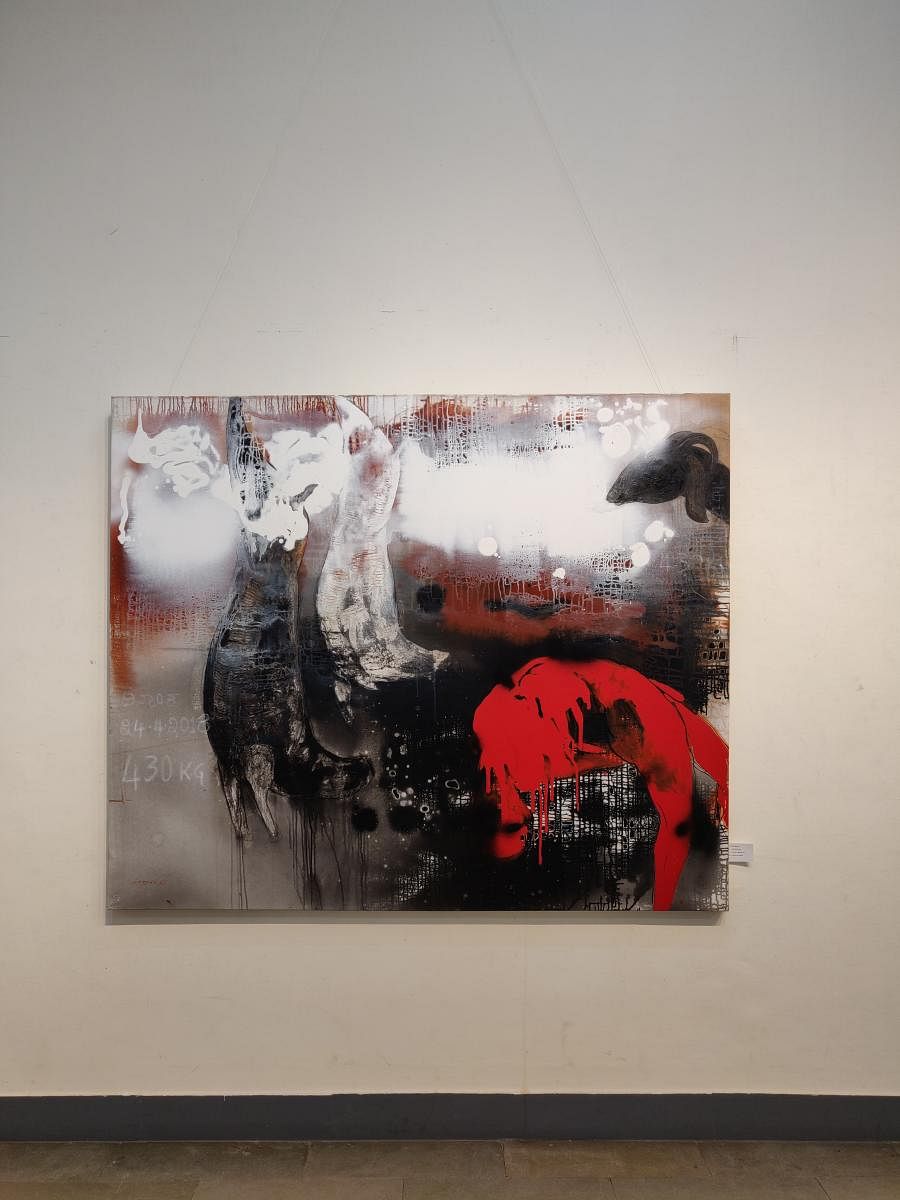
Although the art gallery structure for exhibiting and selling is well-established, there are several other channels to promote and facilitate art sales. The skewed artist-gallery ratio ensures that there are numerous talented artists who are either unrepresented or underrepresented. This means that there are a large number of artists who choose to sell directly to clients either from their studios, art exhibitions, fairs, festivals and also sidewalk events.
A need for multiple revenue streams and more control over the entire process of exhibiting, promotional activities and selling has also caused artists to confidently emerge as entrepreneurs. In the last one year, lockdowns and the growth in digital platforms have caused a sharp rise in such artist initiatives.
In general, artists enjoy direct interaction with clients and their love and appreciation for their art. There are several collectors too who prefer to deal directly with the artists, to learn more about their thought and work processes through personal interactions.
However, one must note that prices remain a grey area — in many instances, artists who work through the gallery system try to maintain their market prices and ensure there is consistency, irrespective of how the sale goes through. Ideally, this is best practice, which ensures transparency in the transaction and builds confidence in the artist. From the buyer’s perspective, the belief that buying directly from the artist eliminates the gallery commission and results in up to 50 per cent savings does not hold true, at least not always. Remember, there is an entire ecosystem that forms a supporting framework around the art and artist and although it may not be visible to everyone, it still exists.
Why buy directly?
Then, why should anyone buy directly from the artist? To support artists who may not be part of the gallery system, new and upcoming artists who have not yet found representation, and to also build a meaningful relationship with the artist. Often, the best works tend to be part of the solo exhibition; however, it does not necessarily imply that works which remain in the studio are second best or are sub-standard. In fact, when an artist-client relationship has been built, new and some of the best works might be offered to the client first. You may also have access to early works from significant phases.
On the flip side, when you buy directly from the artist, the onus of ensuring that all documentation, information on media and materials, and any other relevant data that is available, falls on you. In the current market scenario, when uncertainties loom large, initiatives focusing on direct-to-consumer could grow exponentially in the form of open studios, artist-led collaborations, collectives, online platforms — which are not galleries featuring artists — and other niche outlets.
The author is a Bangalore-based art consultant, curator and writer. She blogs at Art Scene India and can be reached on artsceneinfo@gmail.com
Dab Hand is your fortnightly art world low-down. It will tell you all about what fresh ideas are out there, what to collect and what to admire from afar. And, of course, what not to.